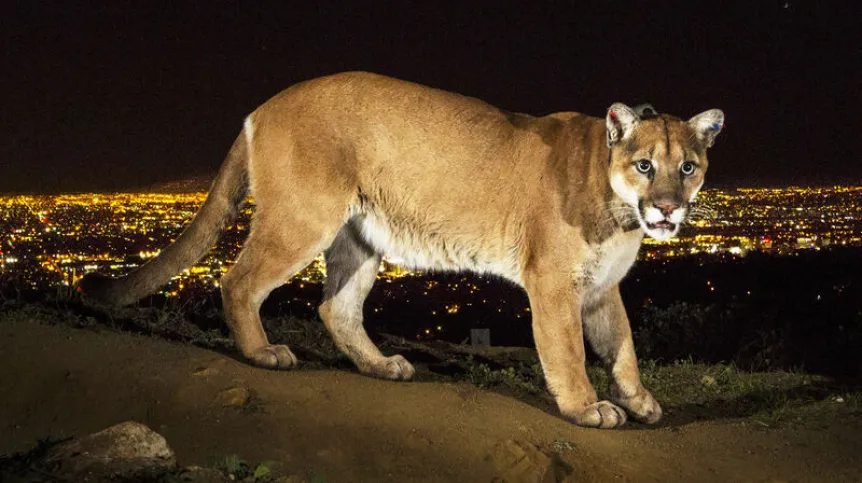
Green cities, better adapted to the changing environment, should take into account the use of tree shade, allow animals to move and provide access to clean water, say new research.
As a result, previously unseen species will settle there, and those that live outside the city will be able to find their way out when they wander into the city while migrating to colder areas.
Urbanized spaces can be designed using conclusions from research conducted with the participation of Professor Marta Szulkin from the Faculty of Biology of the University of Warsaw (UW). They were published in Nature Climate Change.
According to the University of Warsaw, so far the biological effects of climate change and urban development have been studied as separate issues. A team of scientists including Professor Szulkin, examined their combined impact on ecological processes and the evolution of species living in urban areas.
One example of how climate change and urbanization interact is their impact on the temperature in cities.
Scientists have found that temperatures rising due to climate change may cause trees to grow faster in colder climates, and slower in warmer ones. Cities with more trees can better use the shade trees offer, affecting the living conditions of their inhabitants and the development of many species of animals and plants.
The process discussed by scientists is also visible in relation to, for example, river flows, problems with access to water and pollution.
Another issue raised by the researchers is the problem of isolating some animal species. The fragmentation of their natural environment makes moving to colder areas difficult. For example, cougars in California could more easily follow climate change and move north if not for the development of urban agglomerations that make such migrations more difficult.
The scientists presented possible changes in the evolution of species in areas shaped by climate change and urbanization. They plan to monitor urban ecosystems and examine the socio-economic situation of the population in the context of climate change. This research can help design green cities that are resistant to climate change and friendly to all species that inhabit them.
According to the team, climate change and urbanization are two of the most important global drivers of biodiversity and ecosystem change. Both biological and social problems must be addressed and their biological effects mitigated.
PAP - Science in Poland
kol/ agt/ kap/
tr. RL













